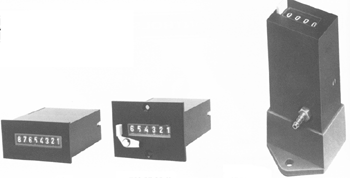How do Pneumatic Valves Work
Within a pneumatic control system, pneumatic valves play a very important role. Understanding how pneumatic valves work and their common types help ensure that you get the most from your systems.
Although there are different types of pneumatic valves, each of them works in similar ways. The main goal of any valve type is to control the movement of pressurized air through the system. Air is held in a diaphragm or reservoir, and then a compressor pushes it against the wall of an area to buildup pressure. Once strong enough, the air compressor presses springs carefully located beneath the reservoir, which pushes the diaphragm down. As a result, the valve stem is pressed downward, and the valve is closed.
Besides pressure relief, a pneumatic valve also controls other important aspects of a pneumatic control system. Valves are also responsible for controling the flow of air, including the rate and direction of air. Flow control valves are designed specifically to control the flow of air from actuators (flow rate). Control valves come in two main types: Meter-In Valves and Meter-Out Valves.
The benefits experienced when using pneumatic control valves are clear. These devices make it possible for manufacturers and machinists to apply a consistent and controlled force required to make systems function. In many cases, pneumatics are used as an energy source when gas and electricity are deemed too dangerous.
Pneumatic Controls
It can be overwhelming when deciding on the correct pneumatic valve for your application. If you find yourself in a situation where you cannot make a clear choice, you should not hesitate to give our talented team a call.
Related Reading
- A Review of Pneumatic Control Systems
ou can often find pneumatic control systems used in the development of various automation solutions.
- Four Basic Pneumatic Control Circuits
- Common Pneumatic Valve Types


- Ellis/Kuhnke Controls
132 Lewis Street Unit A-2, Eatontown, N.J. 07724
Phone: 1-800-221-0714
Fax: 732-291-8154
Email: Info@ekci.com
- Home Pneumatic Controls Technical Info CAD Drawings Contact Us Pneumatic Timers Blog Site Map
